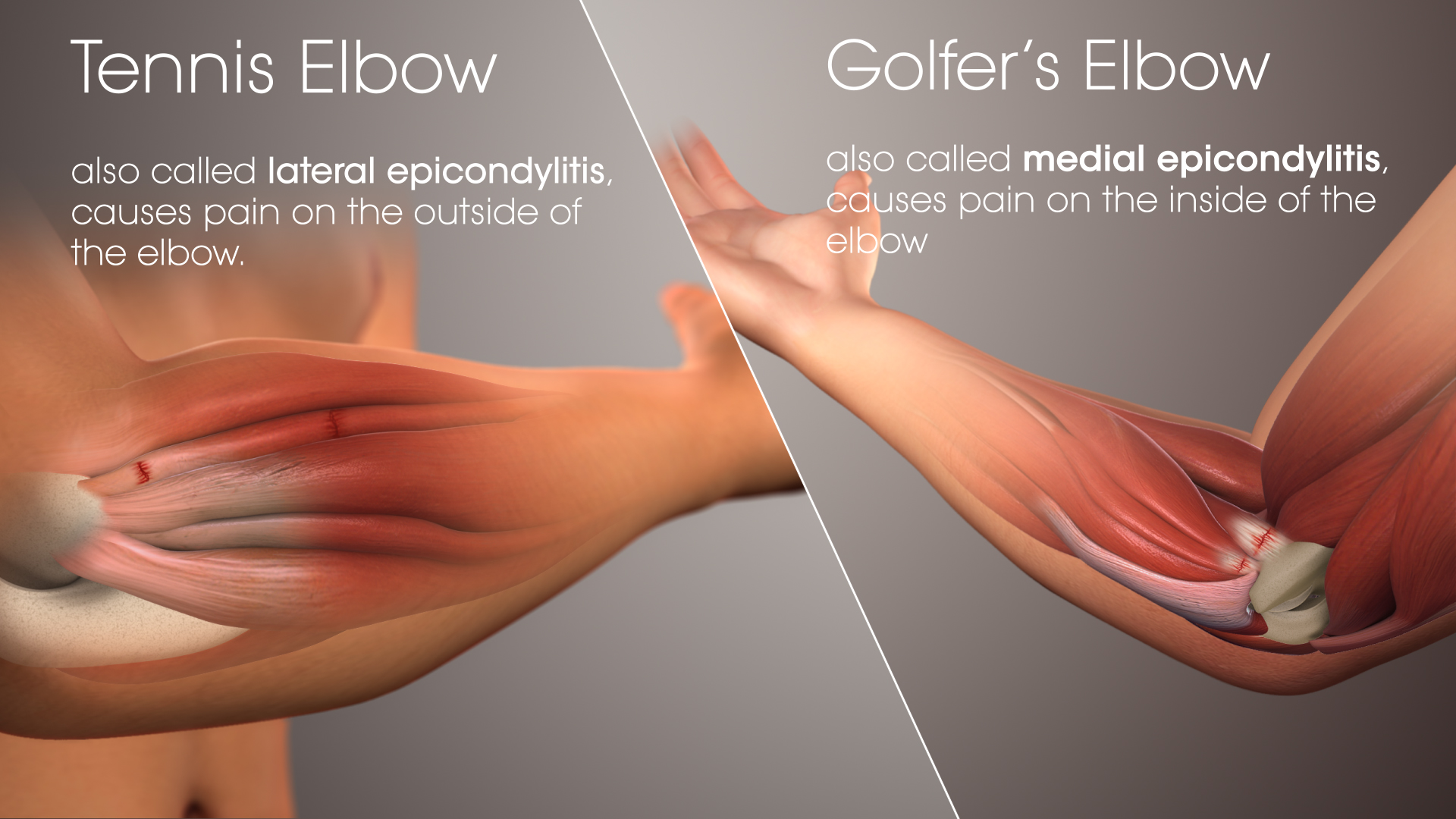Although one-fourth of athletic injuries involve the hand and wrist, it may surprise you to know that disable injuries at work with upper extremities occur at the rate of 25% of all disable work injuries in the U.S.
Right from mobility to strenuous physical activities and sports, our hands work probably the most. Repetitive actions performed by our dominant hand every day tend to weaken the bones and muscles of our arms causing injury. Since our hobbies, jobs, and sports make us vulnerable to overuse injuries, it is not a good idea to ignore any kind of pain.
#SetbackToComeback
Know Why Your Elbow Hurts...
Our elbow joint is made up of three bones: one bone in the upper arm (humerus) and two bones in the forearm (radius and ulna). There are bony bumps at the bottom of the humerus called epicondyles. The bony bump on the outside of the elbow is called the lateral epicondyle, while the one inside is the medial epicondyle.
So what is Tennis Elbow?
If the outer elbow hurts, the chances are you may be suffering from lateral epicondylitis, which is commonly known as the Tennis elbow
And consequently, the answer to what is Golfer’s Elbow would be:
When the same condition happens inside the elbow joint, we call it the medial epicondylitis or the Golfer’s elbow.
These conditions are most common in people over the age of 40, smokers, those who are obese and those who perform repetitive activity for two or more hours per day.

Ways to effectively manage these injuries:
- Adequate Exercise Regime While rest is important to enhance the healing process, it is important to understand that rest is the absence of abusive activity, not absence of activity. All tissues, particularly injured tendons, require tension and motion to maintain health. Total immobilization may result in muscle atrophy, weakness, and decreased blood vessel supply. Following a specific and gradual exercise program is helpful to bring fresh blood supply and for strengthening the muscles of the forearm, wrist, and shoulder. Tennis elbow exercises are, therefore, necessary.
- Check Your Equipment Looser-strung racquets often reduce the stress on the forearm as they prevent the forearm muscles from working too hard.
- Medication Anti-inflammatory drugs like aspirin or ibuprofen reduce pain and swelling and hence, effectively manage tennis elbow symptoms.
- Compression Ice packs and massages also relieve pain and control swelling. Using ice therapy after exercise is an effective way to prevent discomfort.
Both Tennis elbow and Golfer’s elbow are self-limiting conditions. The average duration of a typical episode is about six months to two years, but most patients recover within one year. 5-10% do not resolve and may require further treatment such as surgery.
Read More on sports injuries: Tennis Leg and Achilles Tendonitis: Confusing the Two can be Dangerous








